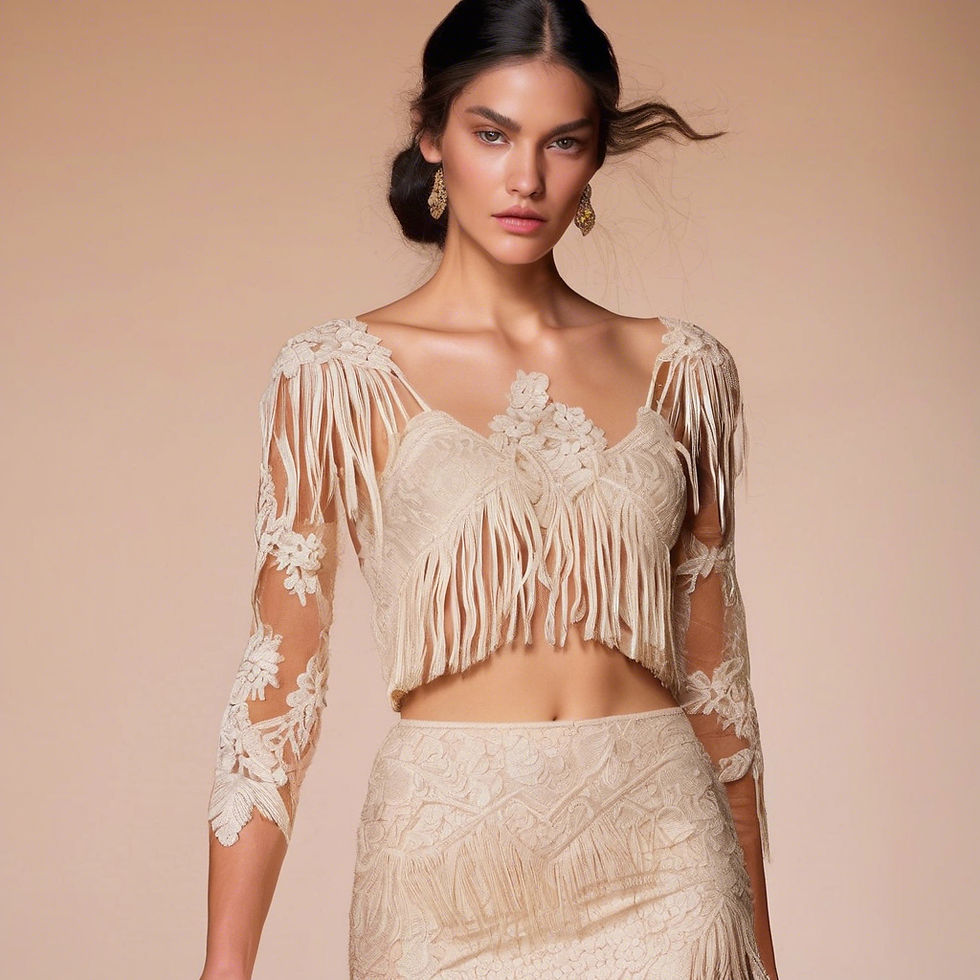New Luxury Brand Purchase Power
- Olafashionista

- Feb 27, 2022
- 3 min read
Updated: Apr 8, 2024
One of the most robust businesses in the luxury fashion industry. It's also one of the most resilient in the face of adversity. The global luxury business has recovered quicker than predicted, with fundamentals looking better than they have in a long time. Most forecasts indicate that the global luxury market will revert to its historical growth curve. The luxury goods business, like many other industries throughout the world, has had its hands full. While many firms are still reacting to the coronavirus, customers' social concerns are evolving as well.
Here, we'll look at some of the current market shifts and what luxury companies are doing differently to fulfill the requirements of today's consumers.

COVID-19 Has Caused a Drop in Demand
With the epidemic, travel will be severely restricted, and most sectors will be placed on pause; the downward trend will continue. As there are no clear signs as to when the epidemic will stop, Bain & Company believes that the market would collapse by as much as 30% to 35% this year.
Aside from the aforementioned, we can observe that the luxury market may take some time to recover following the epidemic. After all, when the globe adjusts to the new normal, the public's purchasing preferences will undoubtedly shift dramatically.

The New Go-To Trend is Loungewear
During the first quarter of 2020, searches for "sweats" and "sweatpants" increased, according to online fashion shop surveys Getting the season's best formal, beachwear, or casual apparel may be a pointless effort with so many people prudently remaining at home to prevent infection. Comfortable but yet designer brand home dress has become the official outfit with meetings limited to video conversations.

Restore to The Manufacturing Hub
Even premium items, unsurprisingly, use low-cost labor nations for some of their components. The epidemic, on the other hand, demonstrated how susceptible the supply system is when a global catastrophe occurs. Forbes believes that China will play a major role in this because if high fashion companies' supply chains returned home, not only would the cost of manufacturing the items rise. The Chinese market is also expected to alter its preferences toward local products.

The Expansion of Online Luxury
Online purchasing has grown over the years, and with global travel restrictions in place, it will only expand more, even if fashion firms record decreased sales of 10-30% in the first trimester of 2020. Online sales would expand by 64 percent between 2018 and 2019, 14 percent this year, and 18 percent by 2023, just in time for Gen Y and Gen Z to become the majority clientele for luxury products.

After the Outbreak, People Exercise Restraint
Given that epidemics tend to come in waves, it's unclear how long we'll have to wait for things to return to normal. As a result, consumers are hedging their chances by altering their spending habits. People in China have boosted their expenditure on food and drinks, domestic cleaning, and medical/life insurance, according to a poll. This might be a long-term choice, even after the outbreak is over.
Final Words:
No industry was spared as the epidemic affected consumer shopping habits throughout the world. Of course, even before the crisis, a simmering trend had begun, in which luxury is no longer characterized by the number of objects one has but rather by the meaning attached to each purchase. The market was then re-examined as a result of this. Traditional techniques such as fashion shows and seasonal collections are gradually losing favor in favor of sustainable, environmentally friendly, and socially conscious approaches. Following the coronavirus, the luxury market may not only recover but also transform for the better.
_edited.png)


